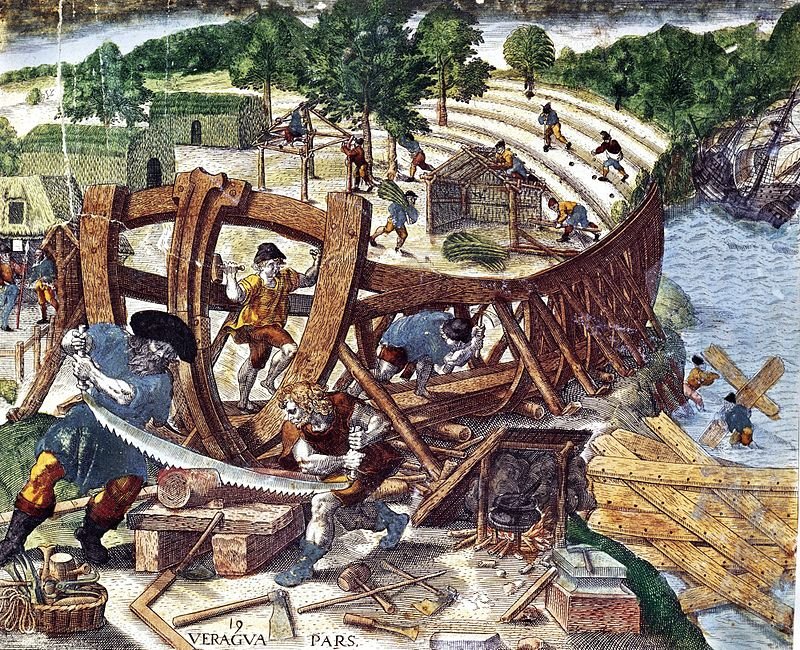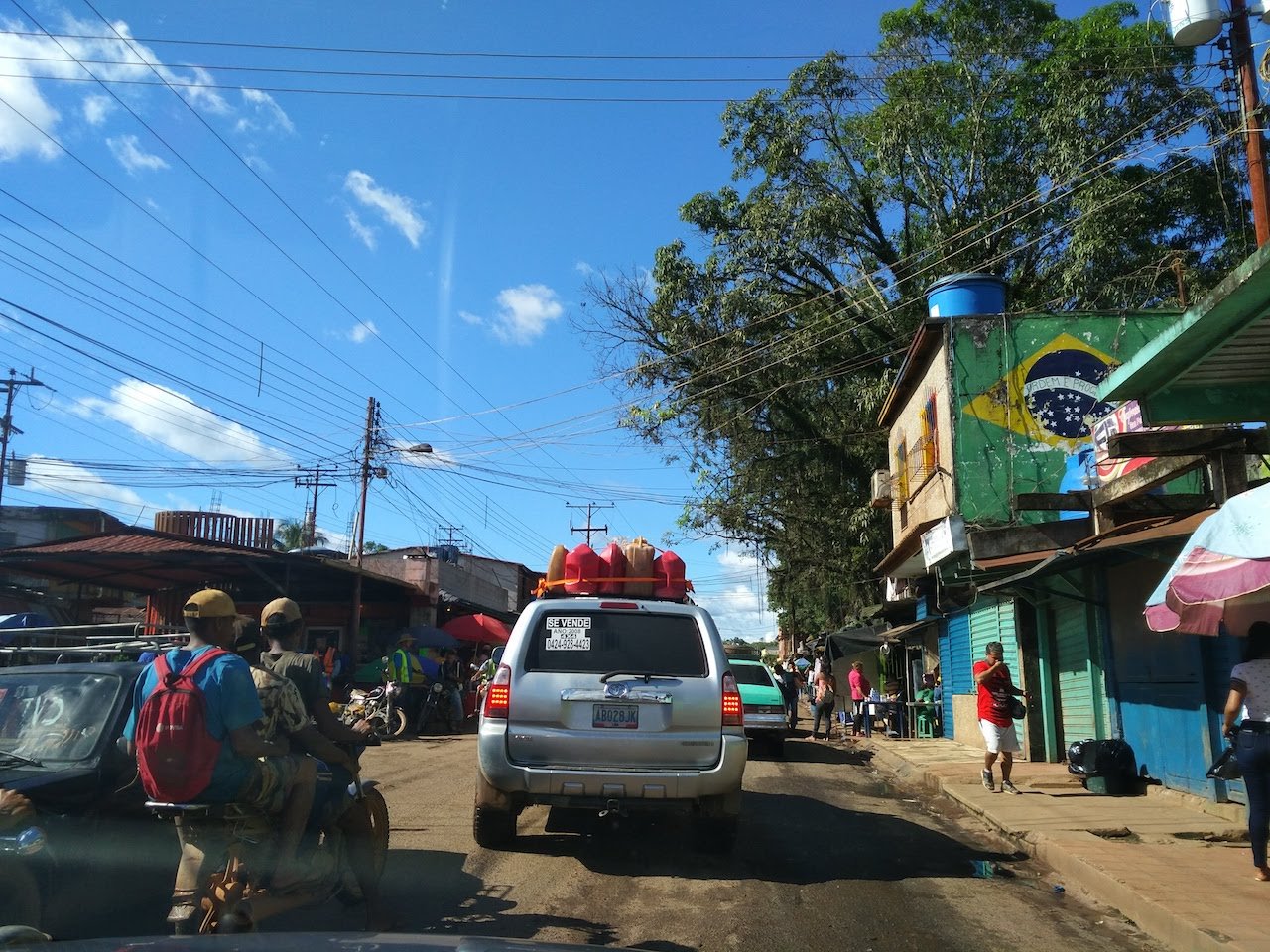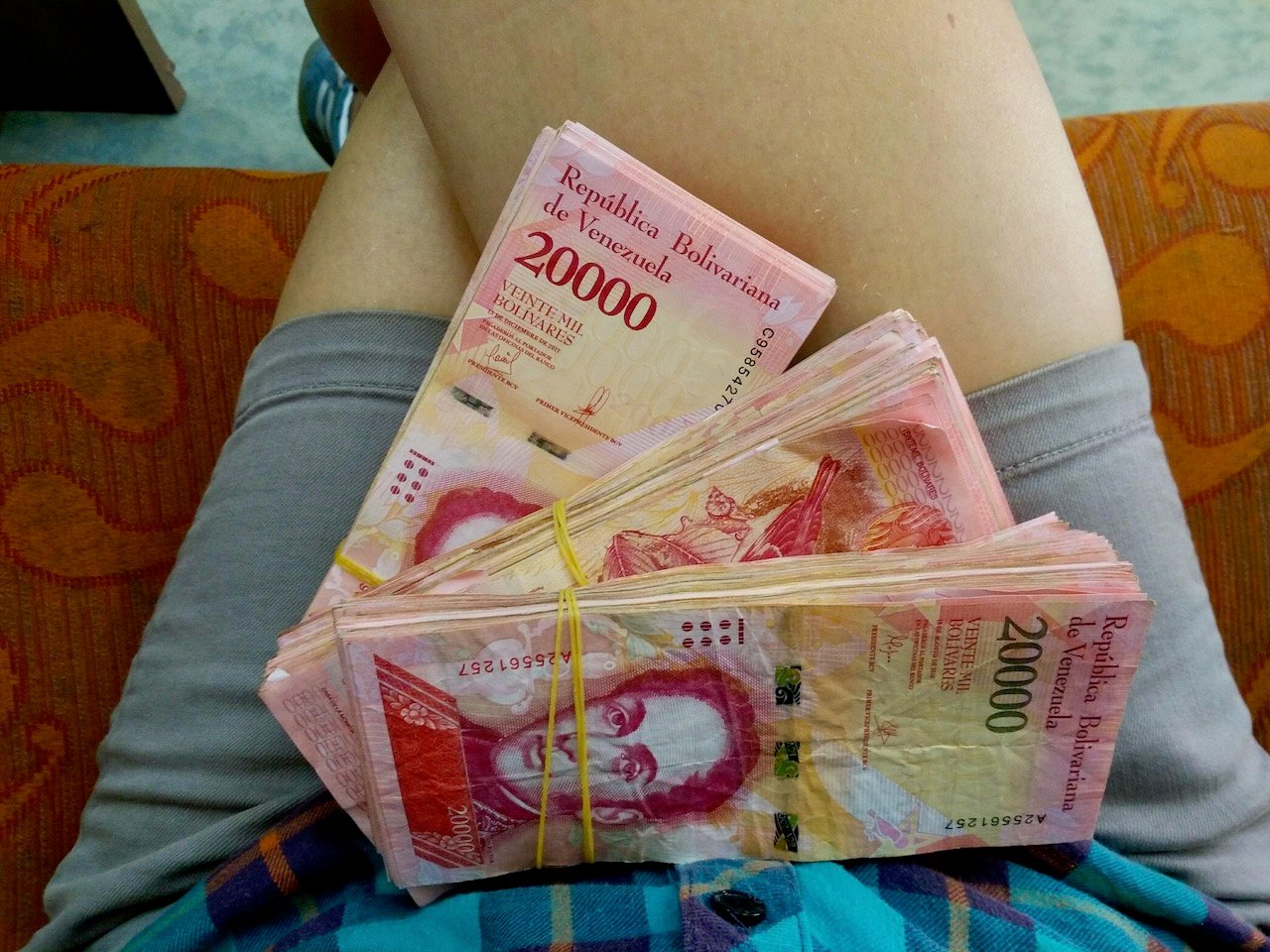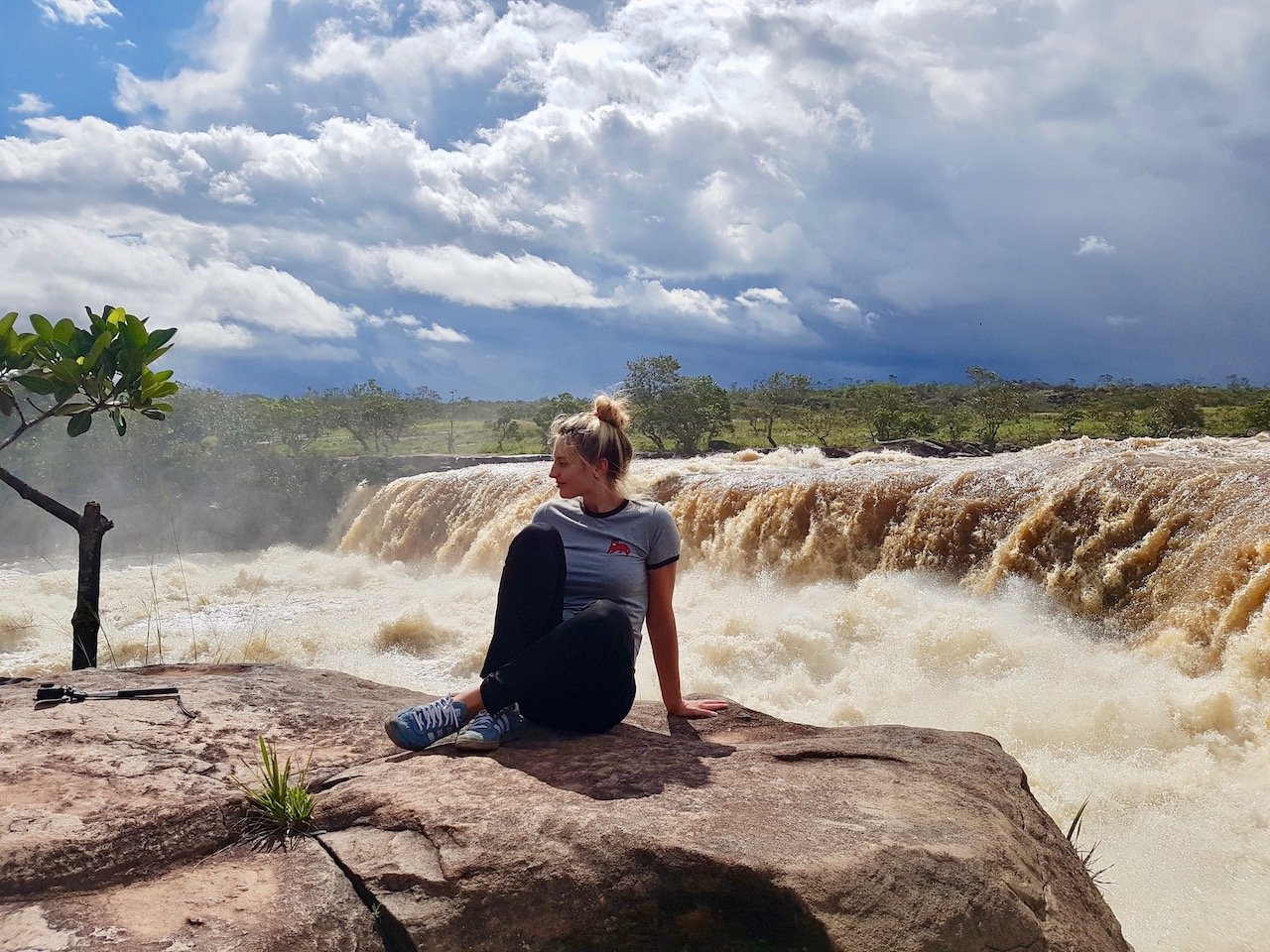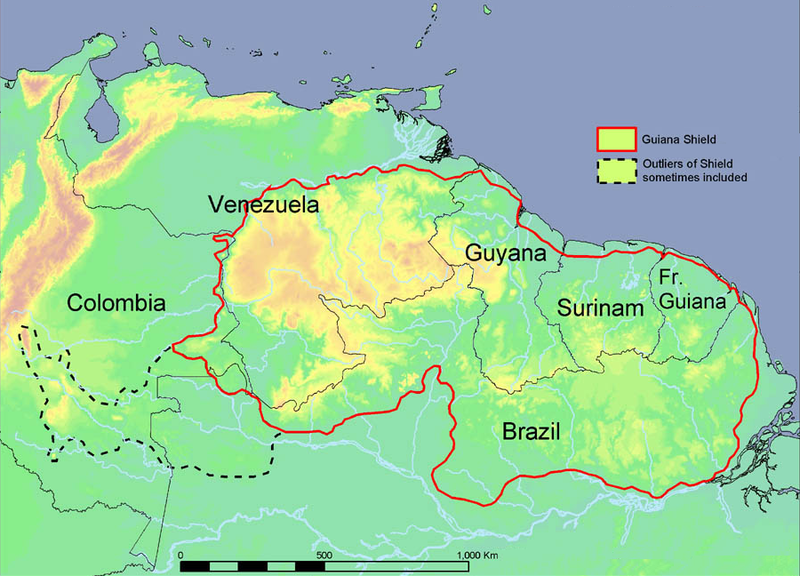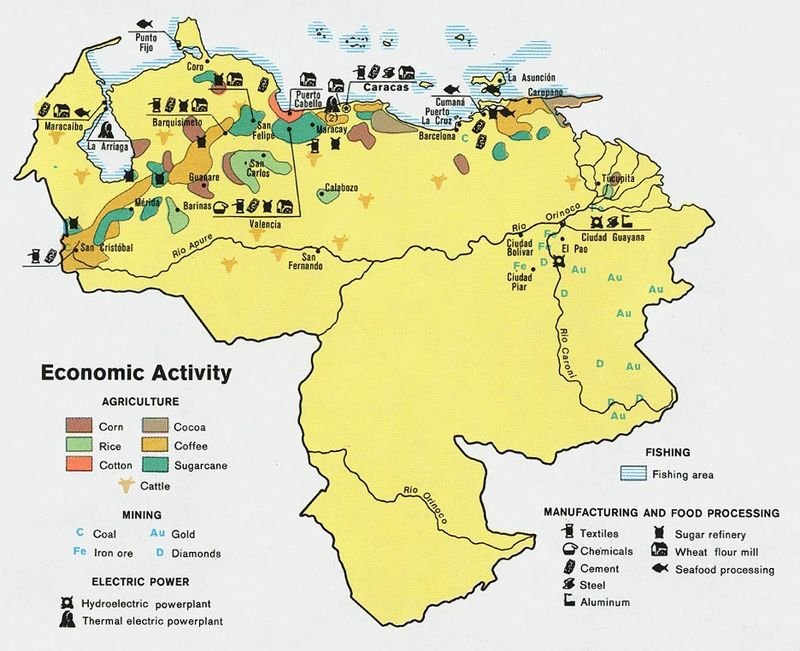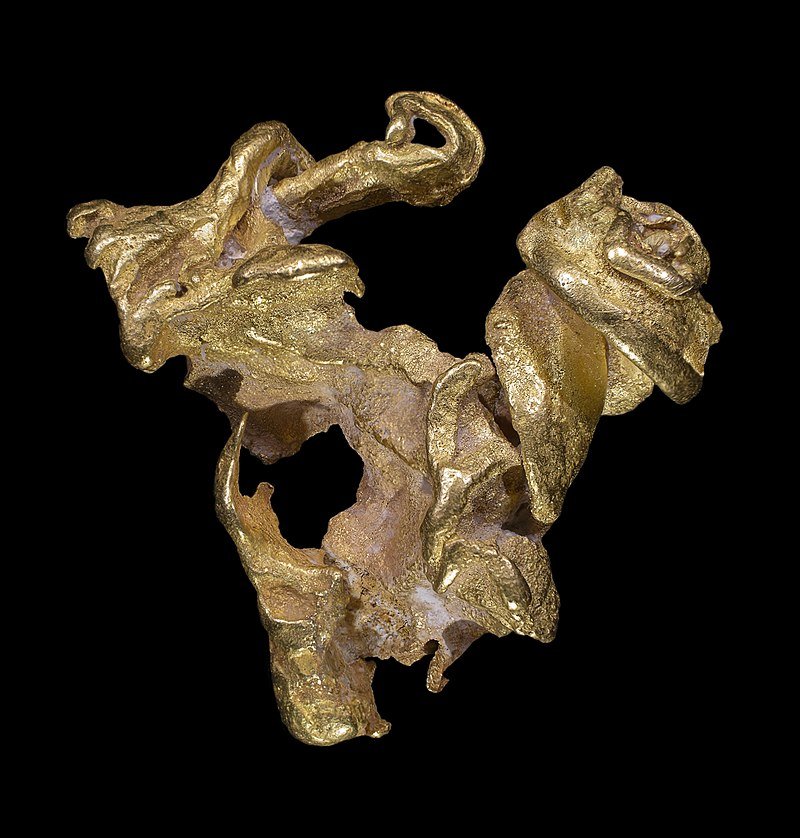During a two-month trip to various parts of Venezuela, we finally got to Gran Sabana.
Enchanted by the beauty of the landscape, mineral wealth, bio and geological diversity, it seemed obvious that this place deserves a special mention...
References to "El Dorado" or the golden city go back centuries to the time when the first Europeans, fascinated by the discovery of the New World, searched the jungles, mountains, plains, and rivers in a belief of finding a hidden city of immense wealth.
In 16th and 17th century the legend grew as illiterate explorers passed it by word of mouth from one to another and sparked each-others imaginations.
Thousands of men mounted numerous expeditions into an unexplored interior of South America. All of which ended in failure.
Vast fortunes acquired in Mexico and Peru by Hernán Cortes and Francisco Pizarro conquering and looting the mighty Aztec and Inca Empires in 1519 and 1533, added to the rumours of the mythical city, El Dorado.
Great ambitions of the conquistadors from all over Europe made them embark long expeditions, braving mosquito-infested swamps, flooded rivers, scorching heat, hordes of angry natives and hoary mountain passes. Many died in the quest for the city of gold.
Thanks to these various explorations, significant areas of South America including the Amazon River have been mapped. At that time Venezuela was governed by Germans. Welser banking family received a concession from Charles I of Spain to establish a base in a small colonial town called Coro.
Between 1529 and again in 1531 Governor Ambrosius Ehinger launched two extremely cruel expeditions where many natives were tortured and killed in the process. The natives had quickly learned that the best way to be rid of these rude, violent men was to tell them what they wanted to hear and send them on their way.
The conquistadors such as Francisco de Orellana, Gonzalo Pizarro, Gonzalo Jiménez de Quesada, Lope de Aguirre, Sir Walter Raleigh followed the tales of El Dorado.
Their forces were pushing forward in search of the lost golden city, but in reality, El Dorado was something else in the meaning of indigenous people. In fact, the term referred to an individual.
Gonzalo Jiménez de Quesada in the course of his expedition has reached the civilization responsible for the creation of the myth of the gold man, regardless of this, hearing further tales about the city made of gold, went on a further journey.
The Muisca people, in present-day Bogota, practised a religious and political ceremony.
They were blowing gold dust on an oiled body of the newly chosen chief, before the eyes of thousands of his subjects, he was towed to the middle of the lake Guatavitá to which he then jumped, washing off the gold, he finally emerged clean. This gave rise to "the gilded one- El Dorado".
The ceremony was given up long before the Spanish arrived.
Over the course of the 19th century, most people dismissed the existence of the city as a myth, although several explorers and writers have proposed that the area that comprises the mines in El Callao and other mines around could be it.
The Guayana Shield in Venezuela consists of five lithotectonic provinces: (1) Archean amphibolite- to granulite-facies gneiss terrane (Imataca Complex); (2) Early Proterozoic greenstone-granite terrane(s); (3) Early Proterozoic unmetamorphosed volcano-plutonic complex; (4) Early to Middle Proterozoic continental sedimentary rocks; and (5) Middle Proterozoic anorogenic rapakivi-type granite. the Guayana Shield is the northernmost Archean- Middle Proterozoic creation in South America. More than 450 mines, prospects, and mineral occurrences were documented in the Venezuelan Guayana Shield, of which more than 200 are gold. https://pubs.usgs.gov/bul/2062/report.pdf
The mining at El Callao started by the indigenous population in this area, as early as 1824,
became a gold-mining centre in 1853, mainly dominated by immigrants of English descent.
Between 1860 and 1883 having produced 8.193,510 kg of gold, came to be one of the richest mining areas and world’s leading producer of gold in 1885.
It’s Venezuela's most productive gold district and within the Guyana Shield, it is the longest lasting hard rock mining district.
According to studies, the region is of great economic importance to Venezuela with estimated 20 million ounces in the subsurface, valued more than $US 4 billion, the gold deposit in Las Cristinas and Kilometre 88, maybe the top deposit in Latin America.
Currently, in Bolívar State there are over 50 operating gold-mining sites.
Its enormous gold deposit captivates prospectors and miners, even though in two decades no ore has been legally dug there.
Thought to be exhausted in 1899 the modern-day El Dorado site of Las Cristinas remained for some time out of the international media spotlight.
In 1964 first mining concessions for Las Cristinas and the untapped mine's wealth was parcelled off. In the 1970s high gold prices and new technology led to the redevelopment of the mines and boost of the country's economy. From cooperative and individual gold mining to industrial mining as Venezuelan national mining corporation, CVG Minerven came into play and in 1996 entered into their first "joint venture” with Canadian Placer Dome and Mineria Las Cristinas.
The site of one of the world's largest undeveloped gold reserves is since caught up in endless ownership battles.
Falling gold prices in 1999 influenced the decision of selling the concession to smaller Canadian venture for mere $50. Venezuelan Government filed charges against the previous stakeholder, the property was expropriated and effectively nationalised in 2002. The government of Hugo Chavez granted the rights to mine the gold to Crystallex corporation (KRY) but at the beginning of 2011 supposedly based on environmental grounds the permit was cancelled. Crystallex has to this day not received $1.2 billion plus almost $200 million in interest ruled in their favour by the World Bank.
Several foreign investors have actively conducted gold extraction procedures but eventually were forced out.
As production levels continue to fall since 2009, the gold-mining industry in Venezuela is steadily deteriorating.
TO BE CONTINUED...
References
Photos: @highonthehog
Images: sources linked below
- Juan Friede, Geographical Ideas And The Conquest Of Venezuela, The Americas, Vol. 16, No. 2 Pp. 145-159, Cambridge University Press, 1959
Marc Herman, Searching For El Dorado: A Journey Into The South American Rainforest On The Tail Of The World's Largest Gold Rush, Nan A. Talese, 2003
Charles Nicholl, The Creature In The Map, A Journey To El Dorado University Of Chicago Press, 1997
U.S. Geological Survey And Corporacion Venezolana De Guayana, Tecnica Minera, C.A., Geology And Mineral Resource Assessment Of The Venezuelan Guayana Shield, United States Government Printing Office, Washington, 1993
Helmut Waszkis, Mining in the Americas: Stories and History, Woodhead Publishing Limited, 1993
Chapman, Walker, The Golden Dream: Seekers of El Dorado. Bobbs-Merrill, 1967



